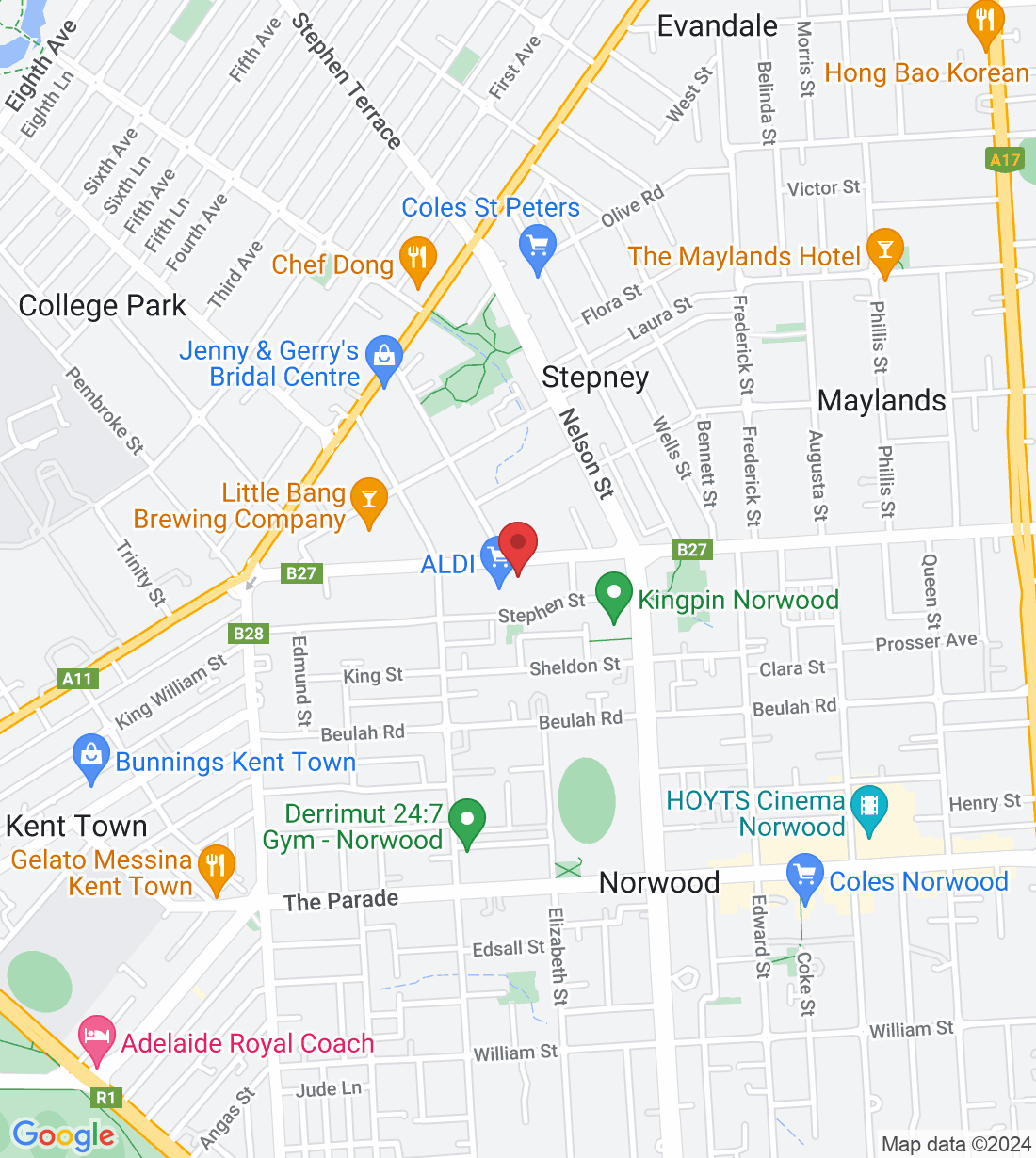
Finding Harmony: Navigating Sexual Differences in Relationships
Just last night, a patient opened up to me about the differences in her husband’s and her libido - her sexual drive - and how that was affecting her marriage. She mentioned the exhaustion from her breast feeding, her return to work, and the consequences that the perineal tear during childbirth played on her feelings about penetrative sex - the last thing she wanted to do was be touched.
Everyone deserves enjoyable sex. However, at Vital Core Physiotherapy and Pelvic Health, patients often share their struggles with sexual disharmony - that is, when two partners’ libidos do not match. In this blog, I will discuss what sexual disharmony can cause and its implications; some strategies that may be beneficial; and where and how to seek help if necessary.
What is sexual disharmony?
Sexual disharmony is when two partners’ libidos or expectations of sex do not match - when one partner wants sex significantly more than the other. This can happen for many reasons:
The general sexual compatibility within the couple
Social or psychological barriers, including religion, sexuality or past experiences
Male and female sexual dysfunctions
General pelvic floor issues such as erectile dysfunction and premature ejaculation in men, and dyspareunia (painful sex) and anorgasmia (inability to climax) in women.
Hormonal changes affecting vaginal lubrication, orgasm and sexual pain that can occur with conditions like PCOS, when breastfeeding, perimenopause or after menopause.
Surgery or pelvic injuries affecting their sexual function, including after vaginal childbirth, pelvic surgery or prostate surgery.
There is a strong overlap between these reasons: psychological difficulties can result in sexual dysfunctions, and vice-versa – an experience of painful sex can lead to a psychological avoidance of it.
It is very reasonable to have fluctuating levels of arousal or libido, especially when someone is experiencing hormonal changes. Also, often in life, stress, pain, or simply other priorities just come first (excuse the pun). However, whatever the good reasons, sexual disharmony is a common cause of relationship distress, can result in partners feeling pressured or ignored, and can exacerbate people’s psychological or physical sexual troubles.
Strategies to help
Again, it is notable that sexual disharmony is common and can be caused by a variety of reasons beyond your control. However, if it something that you want to address, some options include:
Breaking down sex - remember, there’s plenty beyond penetration. What is it like to simply hold each other, to simply kiss with no further expectations? Are there other ways you could be more comfortable to touch each other? Redefining what sex and intimacy are specifically for you as a couple can create a path to greater enjoyment and less pressure.
Why is the sex so important to your partner? Understand why the sex is on their mind - is it purely the physical enjoyment and orgasm of it, or are there psychological contributors (the feeling of validation, stress relief, attraction, etc.) that can be satisfied in another way?
Communicate what you’re experiencing - does your partner know just why you may not want as much sex at the moment? Do they understand the physical or psychological barriers that play a part (similarly, do you yourself understand what you are feeling and why?) This can provide them with an important perspective for understanding, and can reduce overall pressure and anxiety over the situation.
How to Seek Help
There are plenty of resources for short- and long-term help with sexual disharmony:
Literature - sources such as Dr Karen Gurney’s Mind The Gap and Dr Emily Nagoski’s Come As You Are provide great insights on communication and understanding what may specifically arouse you, and how to implement this into your relationship. General information can also be sought from their respective Instagram pages, and their podcasts.
Pelvic Floor Physiotherapy - an assessment can help determine a physical contribution to any sexual difficulties, and a management plan can be established for finding solutions for you and your partner. This may include pelvic floor muscle assessment, and relaxation strategies.
Psychology - as there is often a strong psychological component to sexual dysfunctions and consequent disharmony, creating a management plan with a psychologist can be a very effective route for dealing with communication, anxiety, or performance issues.
Conclusion
While everyone deserves enjoyable sex, there are times when your libido may simply not match up with your partners for social, psychological, physical or hormonal reasons. While it is important to recognise that it is very normal, there are steps to addressing it if you want. A strong foundation of communication and understanding of your physiology and psychology are always a great place to start.
If this is something you may want to address, feel free to book with one of our pelvic floor physiotherapists - male or female - for a more tailored management plan towards a happier and healthier sex life.
Ask a question of Vital Core Physiotherapy
Fill in the form to request a Call From Our Team
One of our team will call you for FREE and answer any questions or concerns you may have about your condition
© 2023 Vital Core Physiotherapy





